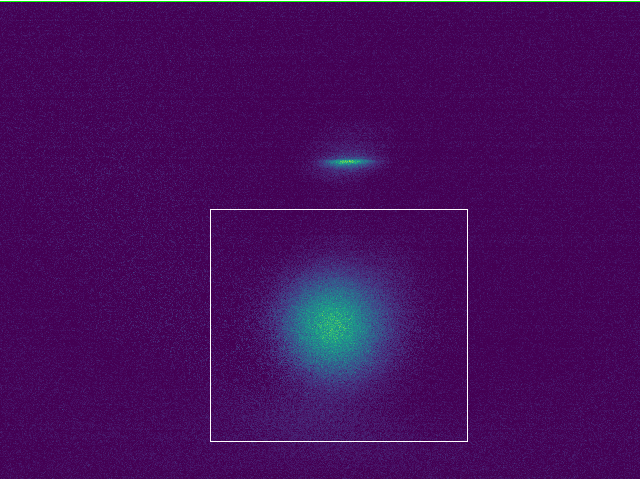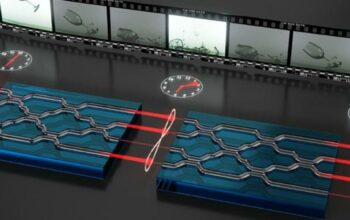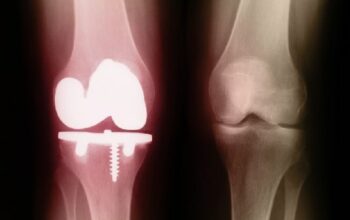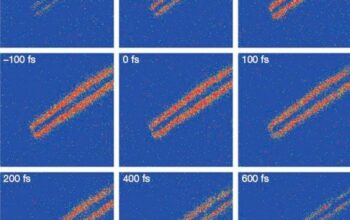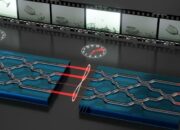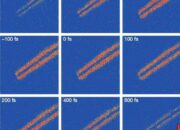In the evolving landscape of quantum physics, the intersection of cold atoms and microfabricated technology has emerged as a frontier with unparalleled potential. The advent of quantum computing and quantum simulations has led researchers to explore novel methods for manipulating atoms with meticulous precision. This article delves into the revolutionary synthesis of cold atom technology and silicon microchips, elucidating how this union promises a transformative paradigm in quantum engineering.
The concept of cold atoms is predicated on the cooling of atoms to nanokelvin temperatures, effectively slowing their motion and thereby allowing for the observation and manipulation of quantum states. When atoms are cooled to such extreme conditions, they exhibit macroscopic quantum phenomena, enabling the investigation of intriguing physical effects and phase transitions. Such states of matter, including Bose-Einstein condensates and degenerate Fermi gases, exhibit behaviors that defy classical intuition, opening doors to advanced applications in quantum information science.
On the other hand, microchips epitomize the zenith of technological miniaturization, crafted to execute complex computations and interfacing at astonishing speeds. Utilizing silicon and other semiconductor materials, microchips have revolutionized electronics, creating devices that fit in the palm of a hand yet outperform traditional computers substantively. Marrying these two realms, researchers are venturing into the development of integrated quantum systems that employ silicon chips as platforms for generating and manipulating cold atoms.
The genesis of quantum traps on silicon arises from recent advancements in microfabrication techniques, enabling the crafting of potential wells that can confine cold atoms with extreme precision. The fabrication of optical lattices directly on chip substrates allows for the localization of ultracold atoms in geometrically elaborate patterns. This innovation is poised to transcend the limitations intrinsic to traditional macroscopic traps, providing a physically compact, scalable solution for quantum systems.
One of the primary advantages of utilizing microchips in conjunction with cold atom traps is the potential for extraordinary scalability. Conventional atom-based quantum systems typically necessitate elaborate setups with cumbersome vacuum chambers and complex optical systems. In contrast, atom traps integrated with microchips facilitate the orchestration of numerous individual quantum systems within a single device. This scalability is crucial for the implementation of large-scale quantum computations and simulations, where the interaction between multiple qubits becomes essential. Moreover, it lays the groundwork for the creation of portable quantum devices that could redefine the deployment of quantum technologies in practical applications.
Furthermore, microchips enhance the coherence times of cold atom systems. By minimizing environmental noise and impedance through the integration of optical components directly onto the chip, researchers achieve improved stability and fidelity in the quantum states of the confined atoms. The elimination of extraneous perturbations is paramount, as it allows for more rigorous explorations of quantum phenomena and extends the duration over which quantum information can be preserved and processed.
The significance of integrating cold atoms with silicon microchips extends beyond mere theoretical applications; it portends substantial advancements in quantum technologies including quantum sensing, communication, and computing. Quantum sensors utilizing cold atoms can achieve unprecedented sensitivity, surpassing current classical sensors in measuring gravitational fields, magnetic fields, and time. Such sensitivity is attributable to the exquisite control over atomic states afforded by microchip platforms, enhancing our capability to decipher the fundamental laws governing the universe.
Moreover, quantum communication, reliant on secure data transmission, stands to benefit immensely from this synthesis. Cold atoms can operate as qubits, and utilizing microfabricated chips, researchers can develop robust architectures for quantum key distribution, establishing secure communication channels that are theoretically invulnerable to conventional hacking techniques.
The role of cold atoms in quantum computing cannot be overstated. As the demand for functional quantum processors intensifies, integrating cold atoms within silicon chips offers a compelling avenue for constructing qubit arrays. The scalability and coherence properties inherent to microchip technology are conducive to developing arrays of qubits that could revolutionize algorithms and computational tasks that are currently insurmountable for classical computers.
As the investigation of cold atoms meets microfabricated technology, critical hurdles remain. The challenges of creating efficient atom-chip interfaces and optimizing atom trapping efficacy necessitate continued research and innovation. Furthermore, the engineering of effective cooling techniques and maintaining the stability of such systems under varied environmental conditions are paramount to realizing the practical applications of this technology.
In conclusion, the confluence of cold atoms and microchips invites a paradigm shift in both quantum physics and technology. The promises of enhanced control, stability, and scalability herald a future where quantum systems may transcend current limitations, making viable the dreams of quantum computing and sophisticated quantum simulations. As researchers continue to peel back layers of complexity within this domain, the expression “cold atoms meet microchips” encapsulates a tantalizing horizon infused with scientific marvel and technological promise.
